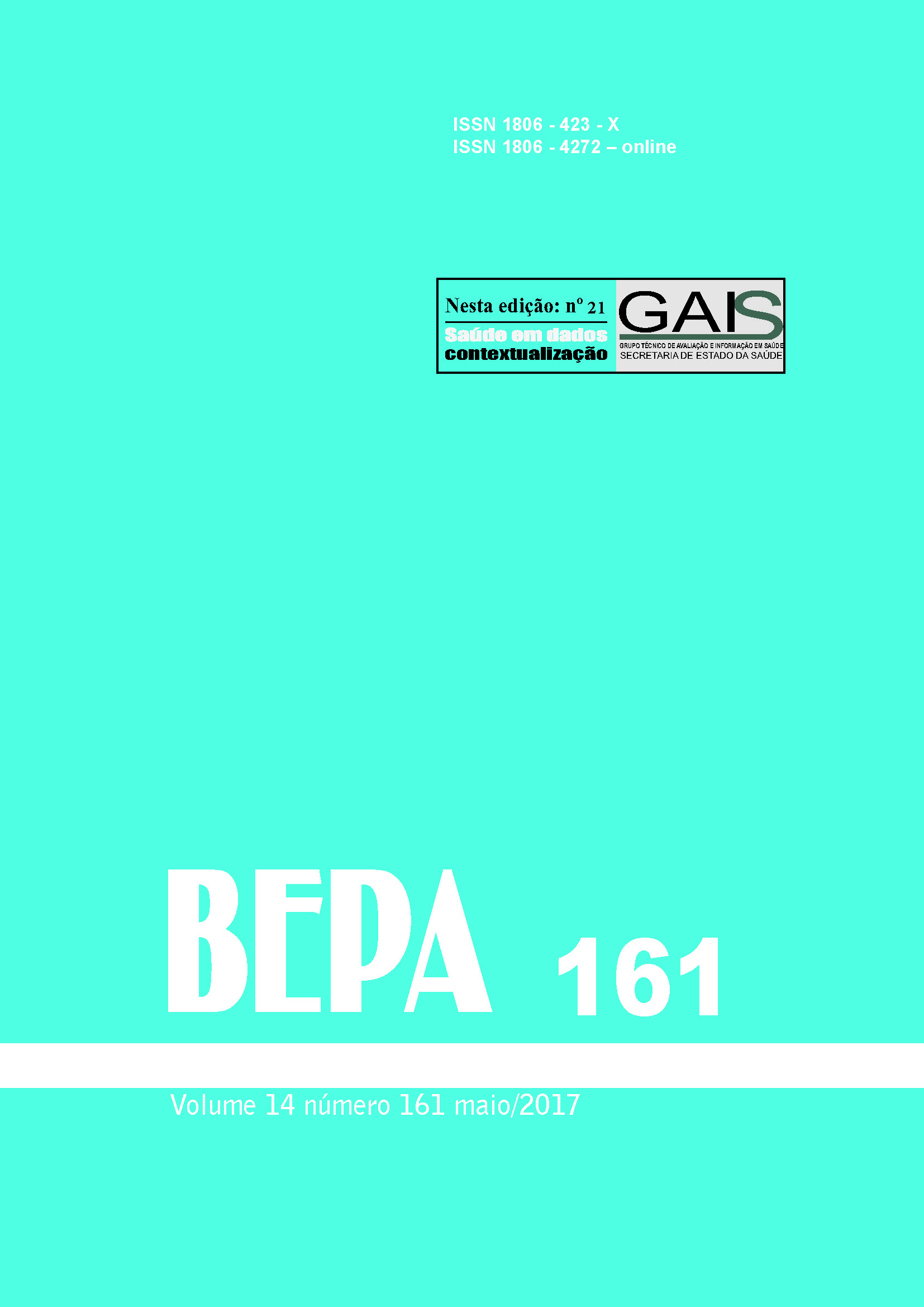Abstract
This cross-sectional study was to investigate in 125 horticulturists (Teresina- PI, Brazil) the etiology
of onychomycosis and evaluate the susceptibility to antifungal traditional and essential oils (EO),
chemically evaluated for composition and toxicity. Fungal species were identified by morphological,
biochemical and molecular (ITS region and MALDI-TOF) analysis. The minimum inhibitory
concentration (MIC) of fluconazole (FCZ), itraconazole (ITZ), terbinafine (TBF), amphotericin
B (AMB), OE Protium heptaphyllum (OEPH) and Aloysia lycioides (OEAL) was determined by
reference methods. Among the total assessed, 66 workers were infected with 69 agents being 76.8%
(53/69) isolates of filamentous fungi, with most (98.1%; 52/53) nondermatophyte (FFND) fungi,
and 23.2% of yeasts (16/69) encompassing Candida spp. (87.5, 14/16) and Trichosporon asahii
(12.5%; 16/02). Among FFND, we found Aspergillus clavato-nanicus (23,2%), Neoscytalidium
hyalinum (14,5%), Acremonium hyalinulum (8,7%), N. dimidiatum (7,4%), Paecilomyces variotii
(4,3%), Bipolaris cf. hawaiiensis, Curvularia lunata, Fusarium oxysporum e Rhinocladiella
aquaspersa, (2,9% each). We observed 98.1% of 52 isolates of FFND showing high FCZ MIC
values (>16mg/L), compared to 53.8% for ITZ (MIC>0.5mg/L), to 34.6% for TBF (MIC>0.5mg/L)
and 15.4% for AMB (MIC>2 mg/L). For 31.3% of yeasts we found high MICs against FCZ (>4
mg/L), compared to 6.3% for ITZ (MIC> 0.5 mg/L) and 50% for TBF (MIC>0.5mg/L). For OEPH,
concentrations of 500 mg/L and 1000 mg/L inhibited, respectively: 57.1% (7/14) and 92.9% (13/14)
of the yeast isolates. For 23 isolates of FFND evaluated, only 30.4% (7/23) were inhibited at 1000
mg/L of OEPH. For OEAL, 500 mg/L and 1000 mg/L inhibited, respectivamete, 21.4% (3/14) and
64.3% (9/14) of yeast isolates. For FFND, OEAL inhibited 26.1% (6/23) of FFND at 1000 mg/L
concentration. OEPH showed higher inhibitory effectiveness for yeast and FFND but more toxic
than OEAL. Both oils contain predominantly monoterpenes and produced no significant hemolytic
effect, besides showing antifungal potential, requiring fractionation and identification of the active
(s) substance(s) and in vivo evaluation of their effectiveness. This study indicated an unprecedented
work, high frequency FFND as onicomicosis agents showing low sensitivity to AFGs. Future
studies with horticulturists population that maintains intensive contact with soil, plant and water,
habitat for this group of agents should be performed to confirm this trend that may have impact the
therapy. Furthermore, this study is the pioneer in Teresina (PI) and highlights the importance of
correct identification of its agents, due to the broad spectrum of species involved in onichomycosis
and varied sensitivity to antifungal drugs.

This work is licensed under a Creative Commons Attribution 4.0 International License.
Copyright (c) 2017 Mitra Mobin, Márcia de Souza Carvalho Melhem (orientadora) de Souza Carvalho Melhem (orientadora)
